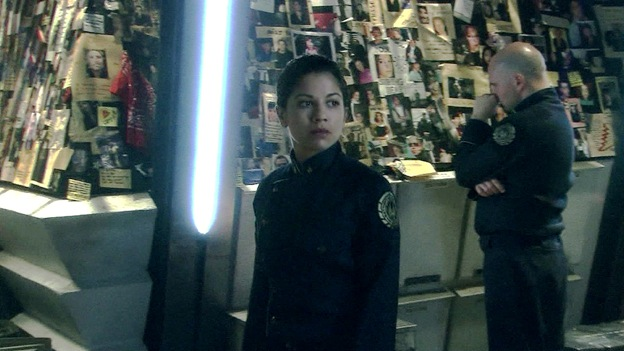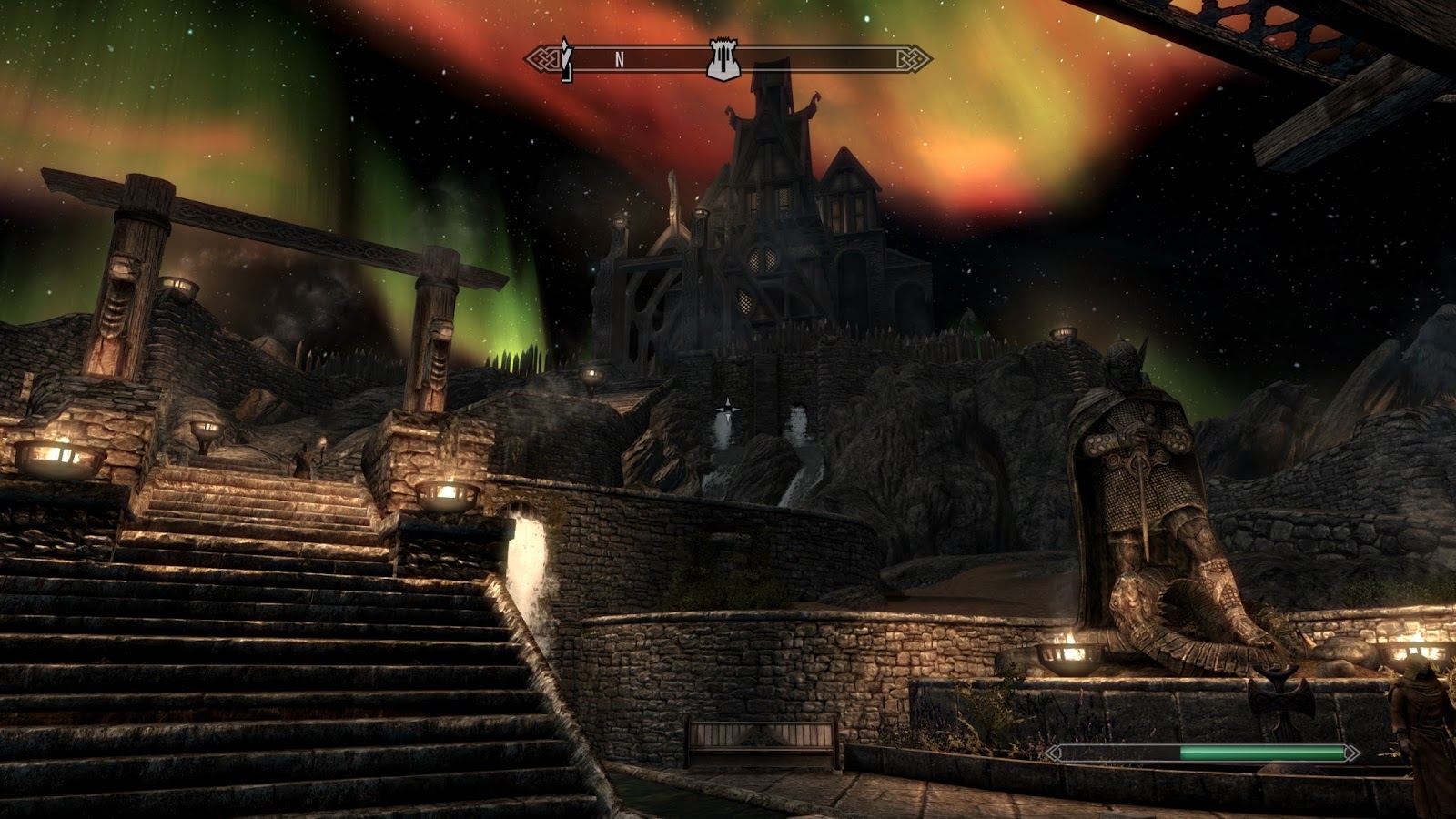 Triumphalism in the realm of social science is almost always laid bare as facile if given enough time. It requires above all an excessive, narcissistic pride in one's accomplishments, buttressed by oversimplification and willful ignorance. "The End Of History" nonsense of the 1990's and early 2000's, which stretched far beyond Francis Fukyama's myopic book and permeated huge swaths of Western political science, is probably the most infamous example. Obviously, the fall of the Soviet Union and the expansion of international trade did not lead to a global post-national liberal utopia; just ask the millions of refugees fleeing the farcically complex proxy war in Syria . However post Cold War Western triumphalism can be at least be understood as an overreaction to a real physical triumph over the USSR and a belief that contemporary trends would continue indefinitely. 1960's counter culture triumphalism on the other hand is an exercise in pure myth making.
Triumphalism in the realm of social science is almost always laid bare as facile if given enough time. It requires above all an excessive, narcissistic pride in one's accomplishments, buttressed by oversimplification and willful ignorance. "The End Of History" nonsense of the 1990's and early 2000's, which stretched far beyond Francis Fukyama's myopic book and permeated huge swaths of Western political science, is probably the most infamous example. Obviously, the fall of the Soviet Union and the expansion of international trade did not lead to a global post-national liberal utopia; just ask the millions of refugees fleeing the farcically complex proxy war in Syria . However post Cold War Western triumphalism can be at least be understood as an overreaction to a real physical triumph over the USSR and a belief that contemporary trends would continue indefinitely. 1960's counter culture triumphalism on the other hand is an exercise in pure myth making.
Baby Boomers of a left wing persuasion have been on a decades long victory lap that shows no signs of abating. Endless self-congratulatory books, articles, television programs and films continue to appear every year, breathlessly recounting how they triumphed over stifling 1950's paternalism and militarism; and even brought down the great arch-conservative boogieman known as Richard Nixon. Aged academics and cultural figures with scraggly manes of grey hair, line up to weave a lurid tale for enthralled interviewers of sex, drugs, peace and love. They then go on to bemoan the political apathy of today's youth for most of America's current problems. The recent article by historian and author W. J. Rorabaugh titled "Hippies Won the Culture War" is a salient example. But what did they win exactly? If their victory was so total and has sent such profound ripples into the present, why is today's America in almost every important measure the complete opposite of the counter culture ideal?
We live in a country that is far more politically conservative than at anytime since before the Great Depression. The progressive New Deal coalition built by by FDR is long dead; being unable to remedy the economic ills of the 1970's, it was swept away by the Regan revolution. Capital was totally unbound, labor was disciplined and fragmented, and work on a whole range of social issues, most importantly economic justice for the now legally emancipated black community, was dropped. Perhaps most importantly, the military industrial establishment was rebuilt from the post Vietnam rubbish heap. A new neo-liberal consensus came to dominate American politics and it is still firmly in place today. If Nixon ran for office today he'd be run out of the Republican primary at the point of a pitchfork for being a "socialist".
The left of today is a pathetic remnant of what it once was, irreparably tied to big money while firing up its base by picking fights for a few narrow and emotive social issues. We may have gay marriage, but we we also have the ghetto, mass incarceration, gargantuan inequality, overgrown and parasitic financial and health industries, predatory foreign trade arrangements that have needlessly de-industrialized our country to benefit a handful of investors, a sprawling 16 year long war in the Middle East, and a desultory, broken government, effectively run by lobbyists and incapable of anything other than vigorously upholding the status-quo with a bit of a liberal or conservative aesthetic flare.
The true irony of the Baby Boomers is that they protested against a mainstream political establishment that was almost unthinkably progressive by today's standards, but then remained silent as it was torn down or even gleefully joined in. It takes a special sort of gal to blame the apathy of today's youth for the decrepit state of America's institutions. Millennials may be a bunch of narcissists and wastrels, but at least we don't have a collective delusion of grandeur.
We live in a country that is far more politically conservative than at anytime since before the Great Depression. The progressive New Deal coalition built by by FDR is long dead; being unable to remedy the economic ills of the 1970's, it was swept away by the Regan revolution. Capital was totally unbound, labor was disciplined and fragmented, and work on a whole range of social issues, most importantly economic justice for the now legally emancipated black community, was dropped. Perhaps most importantly, the military industrial establishment was rebuilt from the post Vietnam rubbish heap. A new neo-liberal consensus came to dominate American politics and it is still firmly in place today. If Nixon ran for office today he'd be run out of the Republican primary at the point of a pitchfork for being a "socialist".
The left of today is a pathetic remnant of what it once was, irreparably tied to big money while firing up its base by picking fights for a few narrow and emotive social issues. We may have gay marriage, but we we also have the ghetto, mass incarceration, gargantuan inequality, overgrown and parasitic financial and health industries, predatory foreign trade arrangements that have needlessly de-industrialized our country to benefit a handful of investors, a sprawling 16 year long war in the Middle East, and a desultory, broken government, effectively run by lobbyists and incapable of anything other than vigorously upholding the status-quo with a bit of a liberal or conservative aesthetic flare.
The true irony of the Baby Boomers is that they protested against a mainstream political establishment that was almost unthinkably progressive by today's standards, but then remained silent as it was torn down or even gleefully joined in. It takes a special sort of gal to blame the apathy of today's youth for the decrepit state of America's institutions. Millennials may be a bunch of narcissists and wastrels, but at least we don't have a collective delusion of grandeur.













